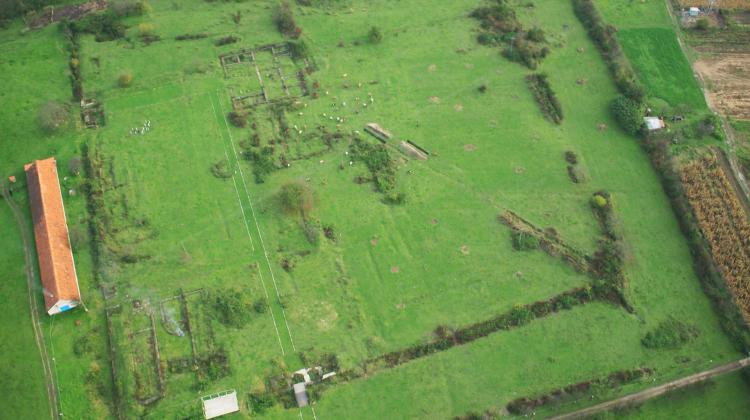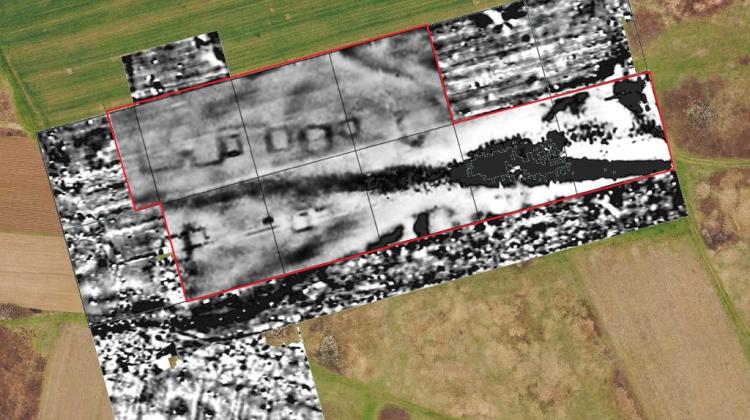Elements vs. Romans - Polish research in Romania

Did the invasion of the barbarians, which eventually caused the fall of the Roman Empire, contribute to the abandonment of the Roman fort Tibiscum in the ancient Dacia (now western Romania)? Or maybe it was the wild, untamed river? Polish scientists do not exclude the latter possibility.
Until recently, researchers studying Roman forts scattered across Europe did not focus on the analysis of the environment, but rather on their interior. That was where the most spectacular monuments were found. In recent years, however, the approach has changed. It is related to the trend in archaeology referred to as landscape archaeology, and the study of monuments in a broader geographical context.
"A result of this trend is our project, which is aimed at recognizing the background of a Roman fort from almost two thousand years ago. We are doing this using mainly the methods that do not require excavations" - told PAP the project initiator Michał Pisz, graduate student at the Institute of Archaeology, University of Warsaw, who works at Tibiscum under Diamond Grant of the Ministry of Science.
One of his objectives is to locate the municipium - civilian city - in the vicinity of the fort, where the Roman legionaries were stationed. It is believed to have been located on the east side of the Timis River, flowing from the south to the north. On its other shore there is a fort that Romanian archaeologists have already excavated.
"Despite carrying out a series of studies using geophysical methods, including georadar, we have not been able to detect the expected outlines of the houses, only longitudinal linear anomalies. We believe that these are the traces of the river that often changed its channel" - explained Pisz.
The river Timis has a very strong current in this area and is unpredictable during the thaw. The analysis of Polish researchers shows that it even partially penetrated the southern part of the fort. It may have swallowed all the buildings of the civilian settlement.
"Or the municipium was located elsewhere and we are looking in a wrong place" - said Pisz.
So far, scientists have not been able to ascertain when the river changed its channel - perhaps this happened after the fort and civil settlement had been abandoned. They plan further analyses that they will conduct in cooperation with geologists.
Tibiscum was founded in the beginning of the second century by order of Emperor Trajan. It was one of the most important cities in the Roman province Dacia. Its name comes from the Thracian or Dacian and means a bog, probably due to its location on the river Timis. The fort was active in the second and third centuries.
PAP - Science and Scholarship in Poland
szz/ zan/ kap/
tr. RL
Przed dodaniem komentarza prosimy o zapoznanie z Regulaminem forum serwisu Nauka w Polsce.
















